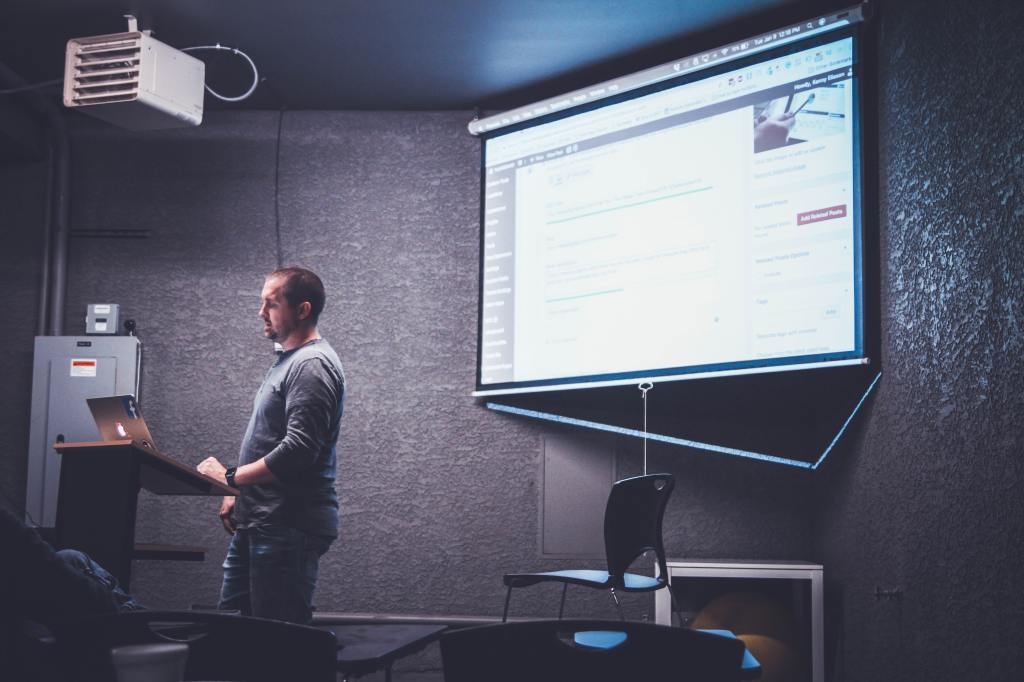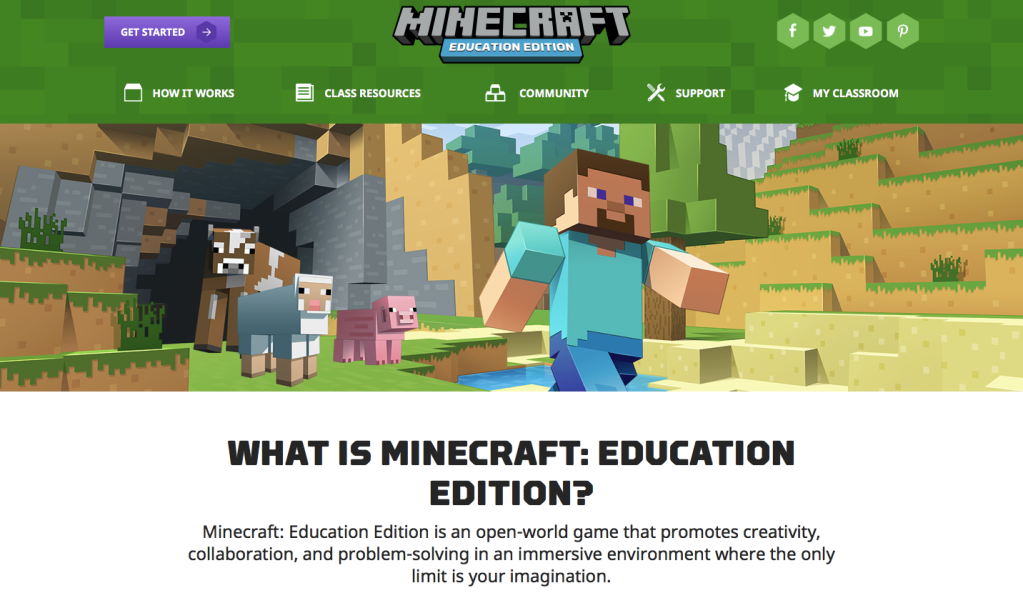I enjoyed watching Dr. Ray Pastore’s video on multimedia learning and the multimedia learning principles. I made sketchnotes as I watched his video. I like how the free nature of sketchnoting allows for diagrams, pictures and words to be written/drawn in any direction and format that follows my natural flow of thoughts. Sketches allow for examples to be shown which can be very helpful for future reference and can enhance learning as well. I will continue to sketchnote in the future and I will work on making my notes more concise and drawing more sketches.


In Dr. Ray Pastore’s video, he provides us with a description about multimedia learning and goes into further detail regarding several of the multimedia learning principles. He repeatedly emphasizes the multimedia principle where “learning with words and pictures is more effective than learning with words alone” (Mayer, 2014, p. 174-205). This was the first time that I have learned about the principles of multimedia learning and I found them to be very sensible. These principles are useful for teachers when creating lesson/unit plans as they can be used to help achieve certain learning outcomes.
Although Dr. Ray Pastore’s video is insightful, he did not include the multimedia learning principles of modality, embodiment and redundancy. The modality principle is where “students learn better when the associated statements are narrated rather than presented visually” (Mayer, 2014, p. 227-246). Pastore uses text and narration throughout most of the slides in his video. Everyone has different ways in which they learn best. Personally, I learn better when I can learn at my own pace and I can see the information rather than relying on narration alone. However, I understand that teachers do not want to overflow students’ cognitive load by giving them too many things to process at once. The combination of narration and texts can be counter-productive. The embodiment principle is where “people do not necessarily learn more deeply from a multimedia presentation when the speaker’s image is on the screen rather than not on the screen” (Mayer, 2014, p. 345-368). Therefore, Pastore’s presence in the video does not enhance the effectiveness of his presentation. This relates to the coherence principle where “people learn more deeply from a multimedia message when extraneous material is excluded rather than included” (Mayer, 2014, p. 279-315) since Pastore’s image on the screen can be distracting. Lastly, the redundancy principle is where “the same information is presented concurrently in multiple forms or is unnecessarily elaborated” (Mayer, 2014, p. 247-262). Pastore uses several different medias when explaining the same ideas which can also overflow students’ cognitive load. I think that Pastore did not include these principles because he was mainly focused on teaching new concepts and providing his viewers with detailed descriptions of these concepts. When teaching something for the first time, I feel as though direct instruction is essential to the effectiveness of the lesson because learners need to build a foundation before they can begin to expand their thinking on a new topic. Overall, I think that his presentation was successful in teaching the concepts of multimedia learning and the multimedia learning principles.
References
Mayer, R. E. (Ed.). (2014). The Cambridge Handbook of Multimedia Learning (2nd ed.). Cambridge University Press. https://doi.org/10.1017/CBO9781139547369
Ray Pastore, Ph.D. (2018, August 16). What is Multimedia Learning? What is Multimedia? [Video file]. Retrieved from https://www.youtube.com/watch?time_continue=2&v=g-sknUVq1mk&feature=emb_title


